Guide to Common Spiders in Las Vegas Area
Identifying Las Vegas Spiders on Your Property
Las Vegas Pest Control has been eliminating spiders for some time now and the results have been peaceful homes that are safe for all. Those who have a phobia of spiders need not worry when we are around for we have the best training and treatment solutions to eliminate all the spider colonies in your home, garden, or office premises.
To effectively get rid of these creatures, you need to understand the types and species of spiders and this comprehensive guide will help you with just that. Let’s now review the types of spiders that could be living rent-free in your home.
Types of Spiders Commonly Found in Vegas
Spiders are unsightly and they leave their webs all over the place, messing up perfectly good interiors. Here are some common spider species that you need to know about to be able to identify these creatures in your home, garden, or office.
Black House Spider
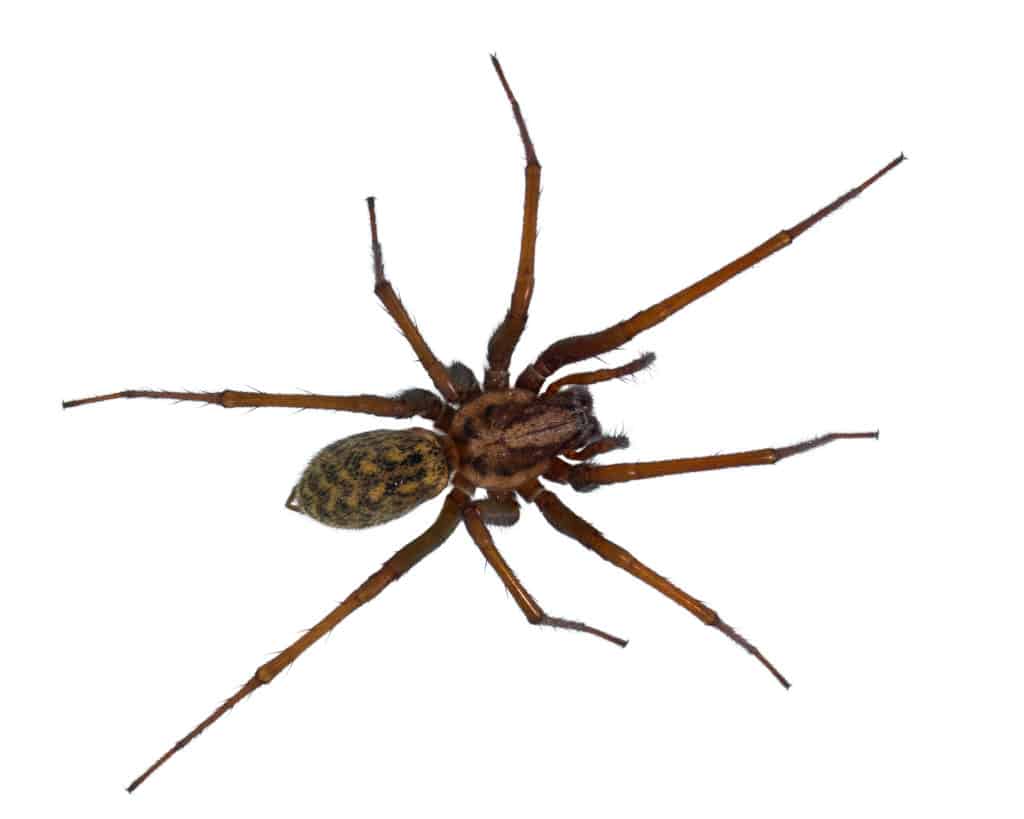
Appearance:
· Body length measures 1-1.5cm.
· The legs and carapace are either black or dark brown.
· This type of spider is very robust.
Lifecycle:
· The female spider constructs egg sacks to secure the eggs within the web.
· She does not leave the spider web until the eggs hatch.
· Young spiders mature during summer and they can live for about 2 years.
Habits:
· The black house spider forms lacy web-house structures that are untidy.
· They can be found on rock walls, window frames, and crevices.
· The female black house spider will not leave the web until it’s pressured to do so.
· It is poisonous but not fatal.
Common House Spider
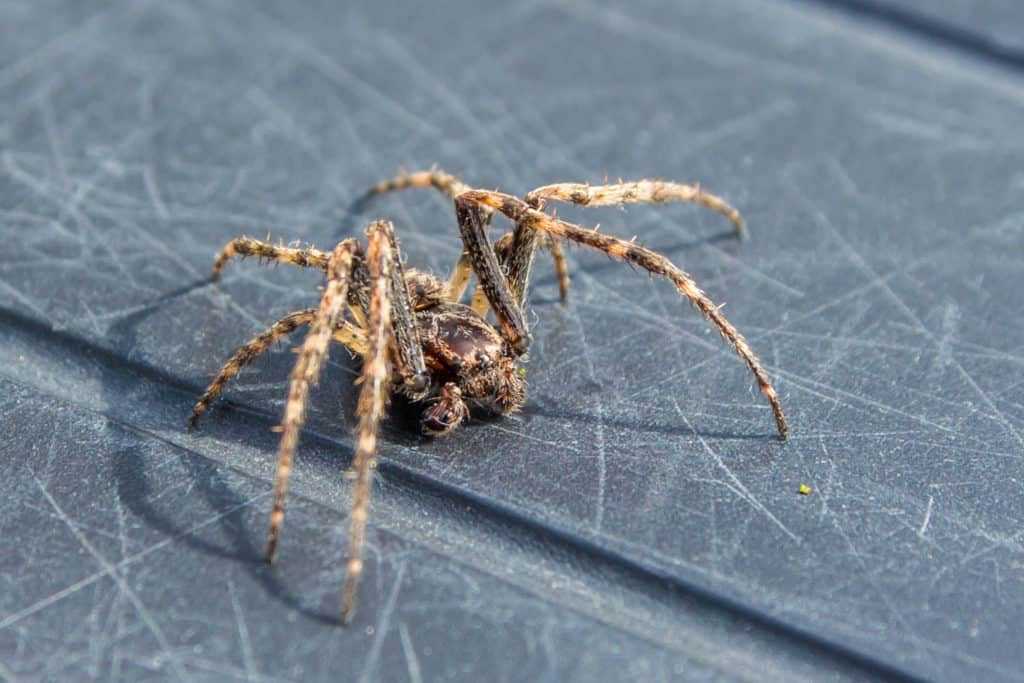
Appearance:
· The body length of an adult spider ranges from 6mm – 9.5mm.
· The body is yellow-brown in color with faint markings.
· The abdomen is usually pale brown in color and contains short hairs.
Lifecycle:
· The females lay eggs that are spherical. The eggs are covered by a layer of silk for protection within the web structure.
· Male spiders mate with females several times before they die.
· Adult spiders live for several years.
Habits:
· Commonly found in sheds, buildings, and walls.
· Produces a sheet-like structure for the web.
· They are not poisonous but they are nuisance pests.
Daddy Long Legs Spider
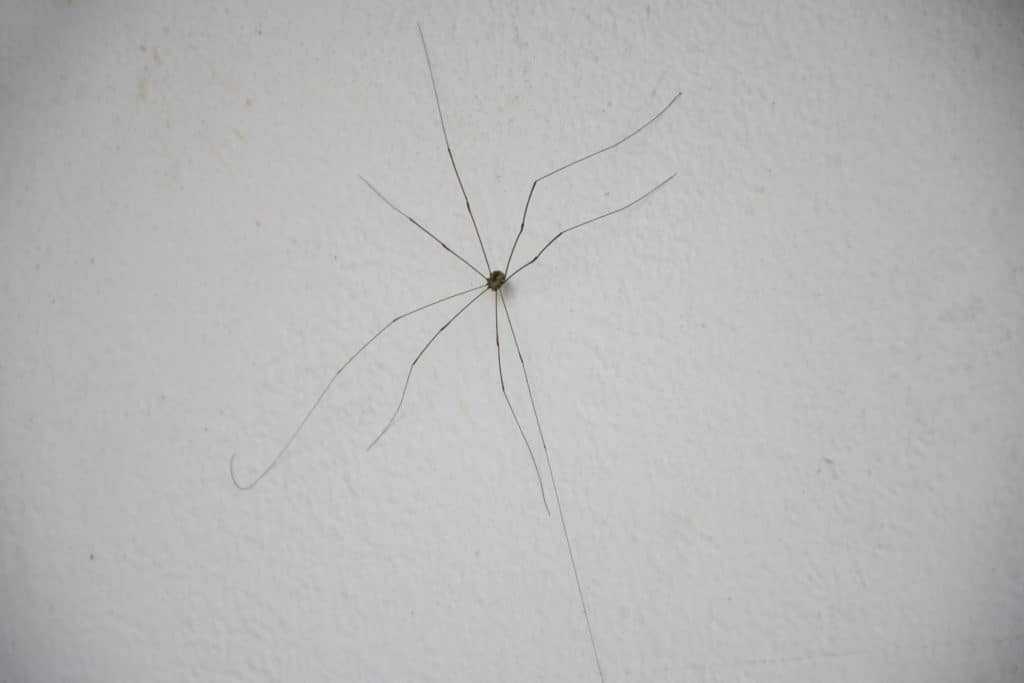
Appearance:
· Have a small body with long skinny legs.
· Body length measures 7mm – 9mm long.
· Color ranges from light brown to pale yellow.
Lifecycle:
· The female spider lays eggs and could carry them in her palps for some time.
· They have a lifespan of 1 year.
Habits:
· They are usually found in urban areas.
· Their webs are usually found in dark-lit areas such as cellars and basements.
· They spin loose web structures in sheltered areas where people live such as houses and garages.
· They consume small insects and other spiders.
· They are not harmful, they just create a nuisance with their webs.
Wolf Spider
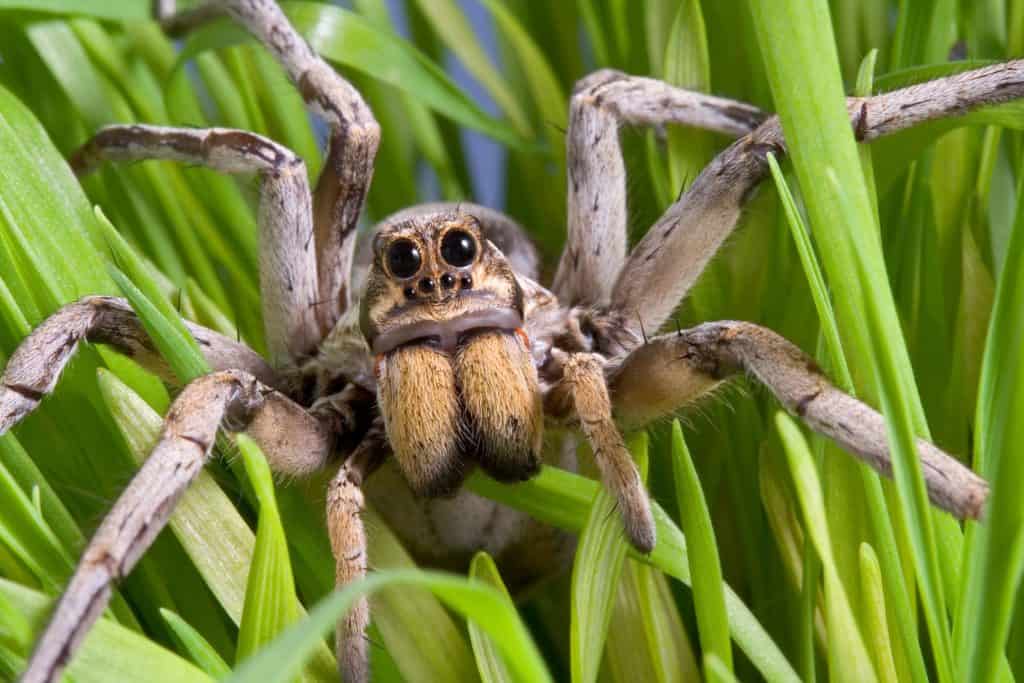
Appearance:
· Female wolf spiders are bigger and longer than male spiders.
· The female spider has a body length of approximately 21mm while the male spider measures 6mm.
· They are dark brown or grey in color with pale markings on the body and legs.
Lifecycle:
· Female spiders carry eggs on their abdomen in small structures known as spinnerets.
· Young spiders mount their mother’s back when they hatch and live there for the first few days.
Habits:
· They hide during the day around decaying matter and hunt for food at night.
· They do not spin webs. Instead, they live in shallow burrows where they rest as they wait for nightfall.
· They remain at the floor level most of the time when they are indoors.
· They don’t hunt using webs. They chase their prey as they are fast runners.
· They bite when they are provoked.
· They are venomous but not lethal.
Brown Recluse Spider
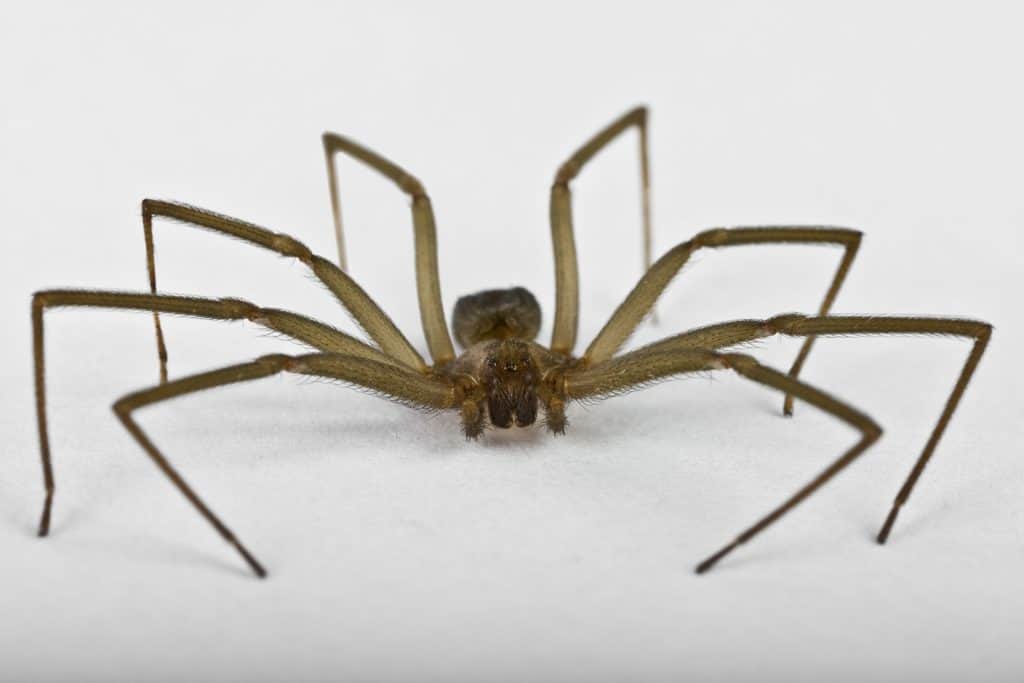
Appearance:
· They are light to dark brown in color.
· On their backs, they have a distinct violin mark.
· The legs are long and have tiny spikes.
Lifecycle:
· Females lay a lot of eggs once and watch over them till they hatch.
· Males mate several times with the female before they die.
Habits:
· They mostly live outdoors in woodpiles and debris.
· Indoors they can be located in storage items, furniture, and dark areas such as window moldings and baseboards.
· Their bites are painful and can cause open and ulcerating wounds that need medical treatment.
These are some of the common spider species that can be found in most homes. If you fear these tiny creatures, you need a professional spider treatment company like Las Vegas Pest Control. Call us today and talk to our spider experts today.
Signs of a Spider Problem in Your Home
You will be able to tell if you have a spider infestation in your home when you notice the following.
· Spider webs: Check for spider webs in the corners and other hidden areas in your home.
· A live spider: If you come across a live spider in your home, then it could point to a full-blown infestation.
Customer Satisfaction Guarantee with Las Vegas Pest Control
Our spider treatment service entails visiting your premise to determine the species of spiders and the extent of the infestation. We then offer our custom-treatment solutions that will get rid of all the spiders on your premise.
We are so sure of our ability to deliver that we will treat your home for free should the spiders pop up again. So, what are you waiting for? Call us today for a consultation or request a free quote for your home or place of work.